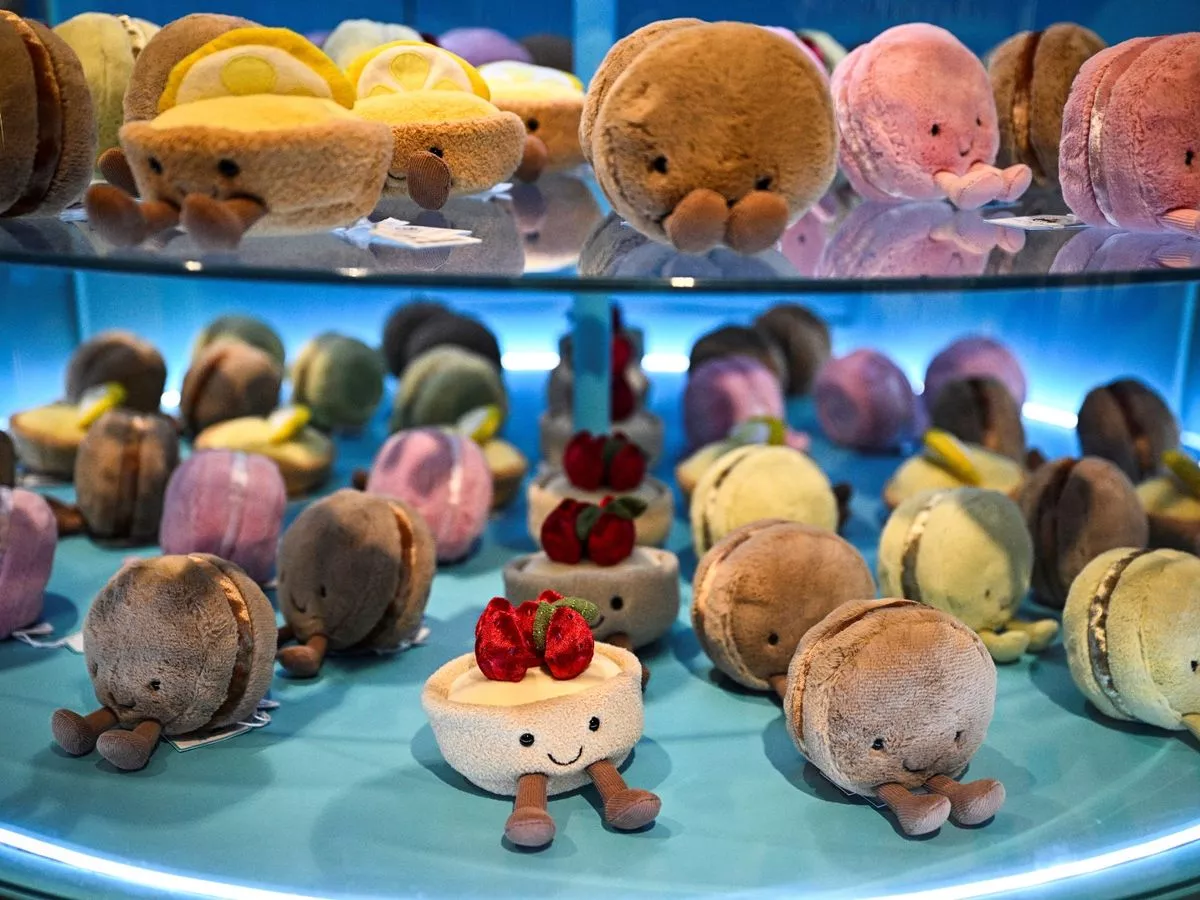By Danielle Kate Wroe
Jellycats are still super popular – and it seems like the hype isn’t dying down any time soon. From their super popular bunnies, to the latest drops including Horatio Pistachio and a can of sardines that’ll set you back £40, collectors can’t get enough of the adorable plushies. But one woman was left devastated when she realised that her Jellycat Albee Bee was actually fake. Megan, who posts on TikTok as @dittrichdiary, wrote as part of her caption: “I am gutted I got duped, but he’s too cute to be mad at”. To the untrained eye, the Albee Bee may look legitimate, but those who have the genuine Jellycat will likely be able to see immediately that the one Megan was sent was not real. “I am completely gutted I got duped, but do you know what, it is what it is. It just looks so real,” she fumed. She then shared: “If you didn’t know a way to spot a real one from a dupe, then you wouldn’t really know, to be honest. The labels look so authentic, and the fact that it’s got like a name, they’ve replicated it very well”. However, she said that she was “happy enough with him” because he’s “cute”. “Do you know what? I don’t mind the fact he’s a dupe, I’ll live with it,” she ended the video by saying. In the comments of the video, someone asked how are you supposed to know the difference between a real Jellycat and a dupe. Someone wrote: “Fake one is blown up like a basketball and the material is not as good – the real one is a lot softer and slimmer”. Another added they thought the dupe was better. However, somebody said they bought the dupe and then the original – and “the difference was crazy”. If you’re concerned the Jellycat you’ve purchased may be fake, you can look at their facial features and compare them to a photo online from Jellycat’s website to see how similar it is. Check the tags, fur quality, and facial features. An obvious giveaway is on the fabric tag, which should start with ‘JELLY,’ but the fake ones often start with ‘SHANG.’ Check for crisp printing, consistent font, and correct information, including the toy name and product code. Authentic Jellycats also have a card swing tag attached to the top of the toy. Compare the font, capitalisation, and information on this tag to those on other Jellycats to identify any discrepancies that may arise. Misspellings are obviously a big red flag that shouldn’t be ignored. Genuine Jellycats are known for their exceptionally soft and high-quality fur. If the fur feels rough, coarse, or sheds excessively, it could be a sign of a dupe. They are also made with such good attention to detail, so if something has been sewn in a strange way, that should raise eyebrows. Ensure the size of the plushie matches the specifications listed on Jellycat’s official website or other reliable sources. Be cautious when buying Jellycats on secondhand marketplaces, and ask for pictures of the ‘JELLY’ tag – especially when paying over the odds for a retired Jellycat, or one that has sold out quickly. You can even ask on forums such as Reddit whether the Jellycat community thinks the plushie is real, or fake.
